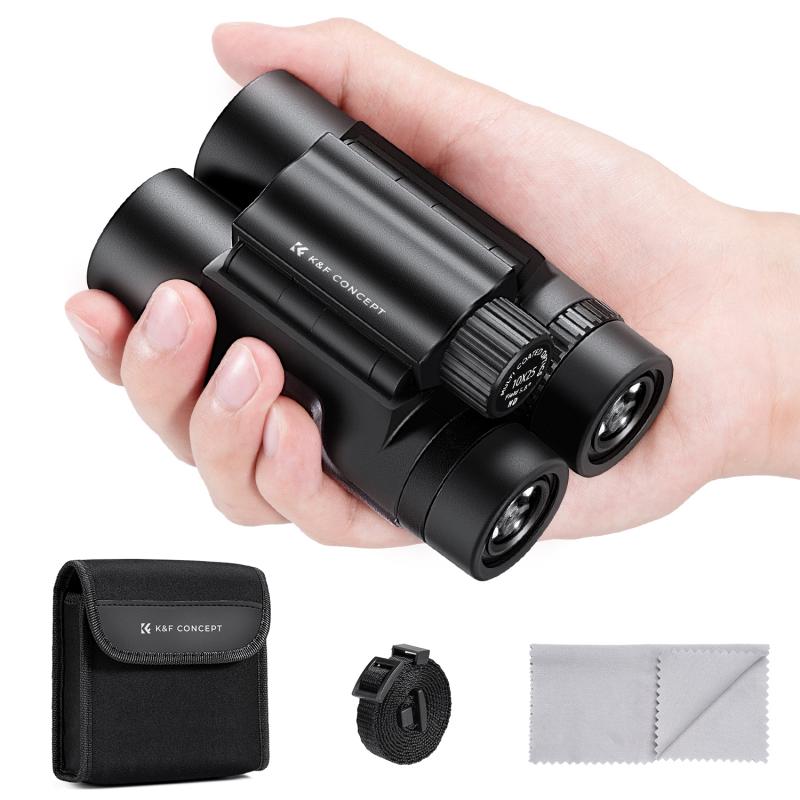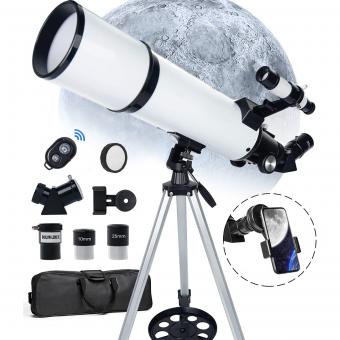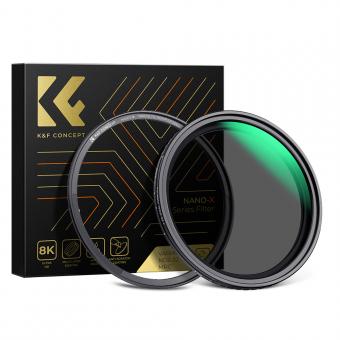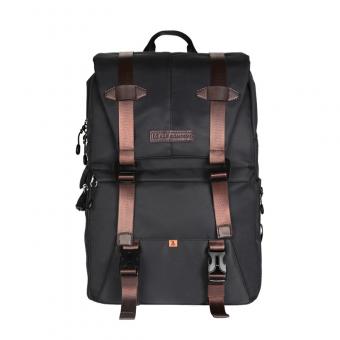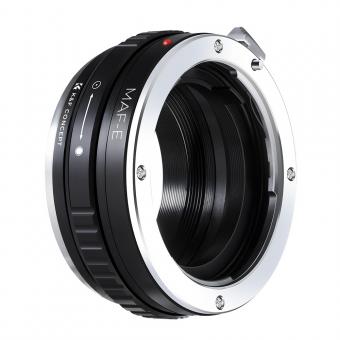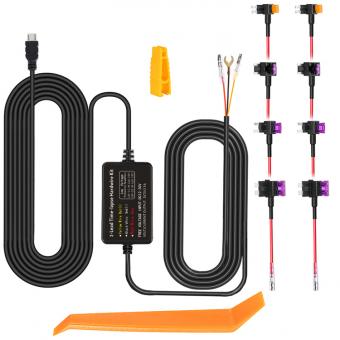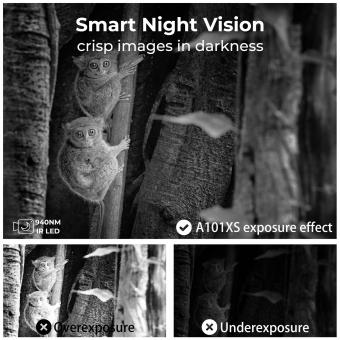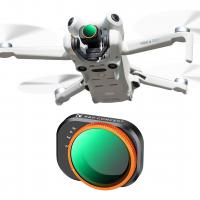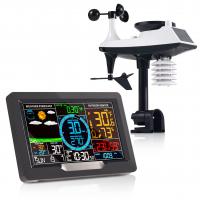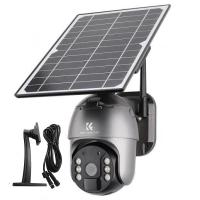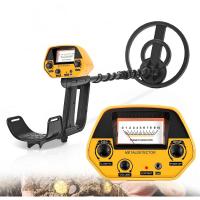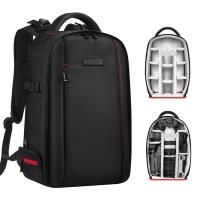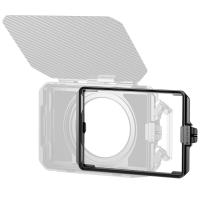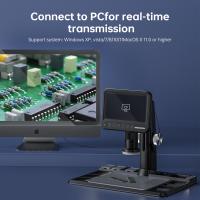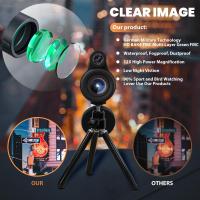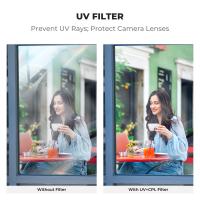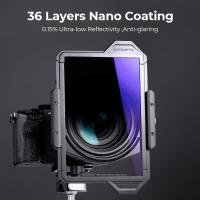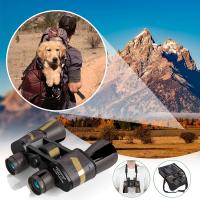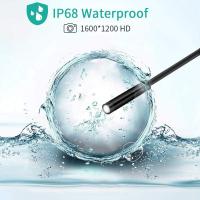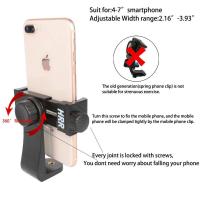What Is The Best Astronomical Telescope To Buy ?
The best astronomical telescope to buy depends on various factors such as your budget, observing goals, and level of expertise. Some popular options for amateur astronomers include the Celestron NexStar 8SE, Meade LX90, and Orion SkyQuest XT10. These telescopes offer good optical quality, ease of use, and are suitable for both planetary and deep-sky observations. However, it is recommended to research and consider your specific needs before making a purchase. Additionally, consulting with experienced astronomers or visiting a local astronomy club can provide valuable insights and recommendations.
1、 Aperture size: Consider a larger aperture for better light-gathering capability.
The best astronomical telescope to buy depends on various factors, but one crucial consideration is the aperture size. Aperture refers to the diameter of the telescope's primary lens or mirror, and it plays a significant role in determining the telescope's light-gathering capability.
A larger aperture allows more light to enter the telescope, resulting in brighter and more detailed images. This is particularly important when observing faint celestial objects such as distant galaxies, nebulae, or star clusters. A larger aperture also enhances the telescope's ability to resolve fine details, making it easier to distinguish individual features on planets or the Moon.
In recent years, there have been significant advancements in telescope technology, with larger apertures becoming more accessible and affordable. For amateur astronomers, telescopes with apertures ranging from 6 to 12 inches (15 to 30 centimeters) are popular choices. These sizes strike a balance between performance and portability, allowing for a wide range of observations.
However, it's important to note that aperture size is not the only factor to consider when purchasing a telescope. Other aspects such as optical quality, mount stability, and ease of use are also crucial. Additionally, one's specific observing interests, budget, and available storage space should be taken into account.
To make an informed decision, it is recommended to consult with experienced astronomers, read reviews, and consider joining local astronomy clubs or online communities. These resources can provide valuable insights and help you choose the best astronomical telescope that suits your needs and preferences.
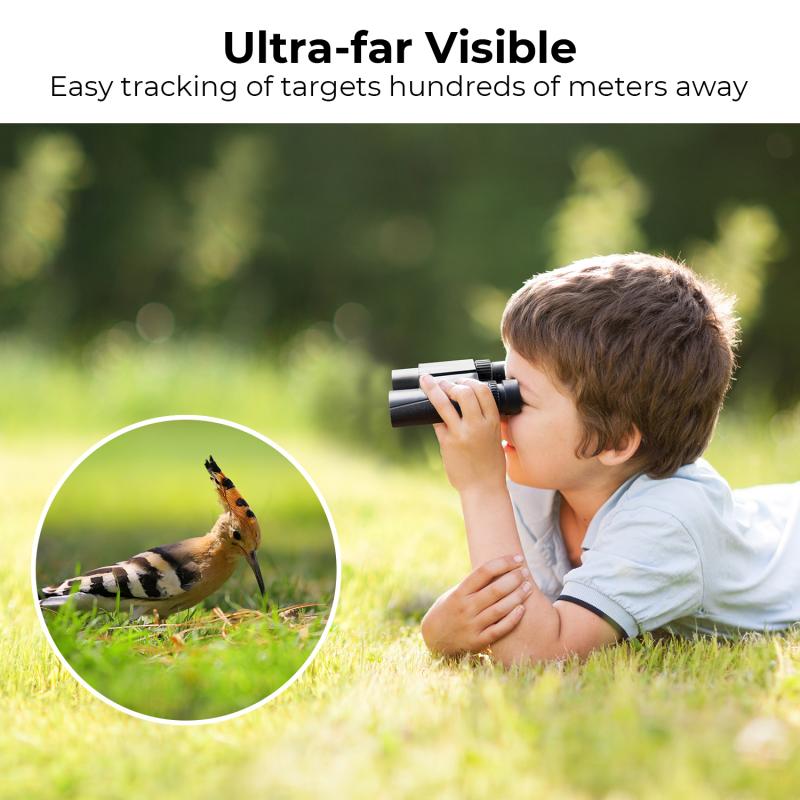
2、 Focal length: Longer focal lengths provide higher magnification.
When it comes to choosing the best astronomical telescope to buy, there are several factors to consider. One important aspect is the focal length of the telescope. Focal length refers to the distance between the lens or mirror of the telescope and the point where the light converges to form an image. Longer focal lengths generally provide higher magnification.
A longer focal length allows for greater magnification because it increases the distance between the objective lens or primary mirror and the eyepiece. This results in a narrower field of view but provides more detailed views of celestial objects. It is particularly useful for observing planets, the moon, and other objects that require high magnification to reveal finer details.
However, it is important to note that the best telescope for you ultimately depends on your specific needs and preferences. If you are primarily interested in observing deep-sky objects like galaxies and nebulae, a telescope with a shorter focal length may be more suitable. Shorter focal lengths provide wider fields of view, making it easier to locate and observe larger objects in the night sky.
Additionally, advancements in technology have led to the development of various types of telescopes, such as refractors, reflectors, and compound telescopes. Each type has its own advantages and disadvantages, and the best choice depends on factors like portability, ease of use, and budget.
In conclusion, while longer focal lengths generally provide higher magnification, the best astronomical telescope to buy depends on your specific needs and preferences. It is recommended to do thorough research, consider your observing goals, and seek advice from experienced astronomers or professionals before making a purchase.
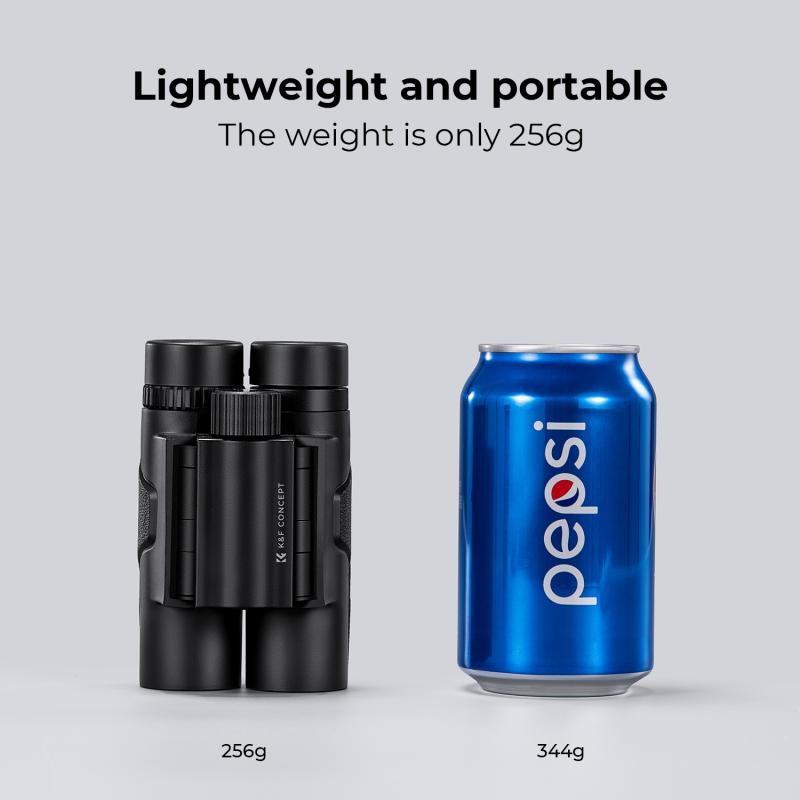
3、 Mount type: Equatorial mounts offer better tracking for astrophotography.
The best astronomical telescope to buy depends on various factors such as your budget, observing goals, and level of expertise. However, when it comes to choosing a mount type, equatorial mounts are generally considered better for astrophotography due to their superior tracking capabilities.
Equatorial mounts are designed to align with the Earth's axis of rotation, allowing for smooth and accurate tracking of celestial objects as they move across the sky. This is crucial for astrophotography, as longer exposure times are often required to capture faint details of deep-sky objects. Equatorial mounts can compensate for the Earth's rotation, minimizing star trailing and producing sharper images.
In recent years, there have been advancements in equatorial mount technology, with the introduction of computerized or motorized mounts. These mounts come with built-in tracking systems and can be controlled remotely using software or smartphone apps. They offer features like auto-guiding, which further enhances tracking accuracy and simplifies the astrophotography process.
When considering an equatorial mount for astrophotography, it is important to choose one that can handle the weight of your telescope and camera setup. Look for mounts with sturdy construction, high payload capacity, and smooth motorized tracking. Additionally, consider features like periodic error correction, backlash compensation, and compatibility with autoguiding systems.
It is worth noting that equatorial mounts can be more complex to set up and operate compared to alt-azimuth mounts, which are simpler and more intuitive. However, for serious astrophotography, the benefits of an equatorial mount outweigh the initial learning curve.
Ultimately, the best astronomical telescope to buy for astrophotography would be one that combines a high-quality telescope with a reliable equatorial mount. It is recommended to consult with experienced astrophotographers or visit specialized astronomy forums to get personalized recommendations based on your specific needs and budget.
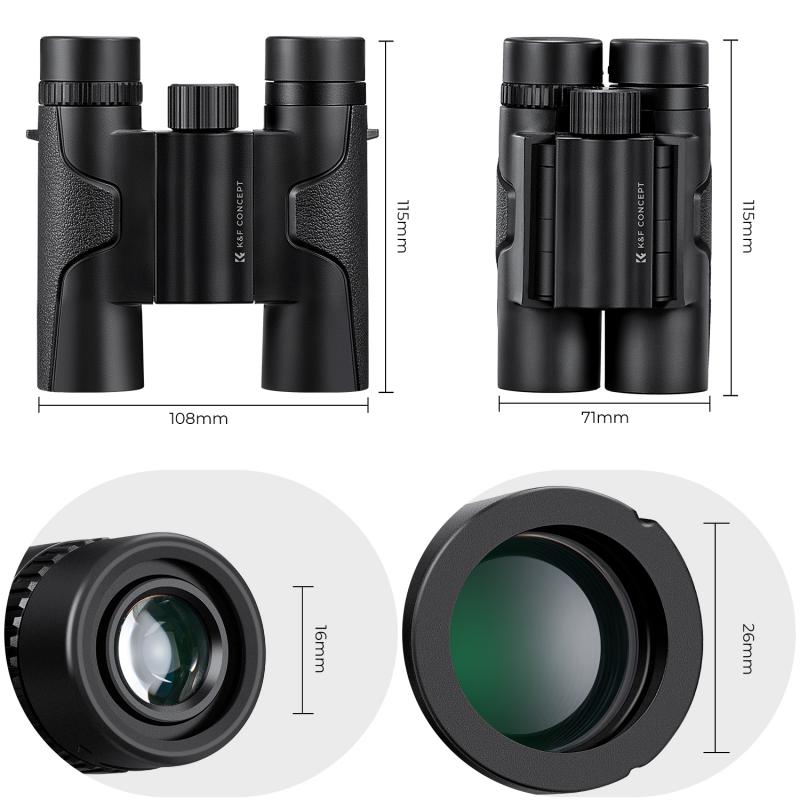
4、 Optical design: Refractor, reflector, or compound telescope options.
The best astronomical telescope to buy depends on various factors, including your specific needs, budget, and level of expertise. When considering optical design, there are three main options: refractor, reflector, and compound telescopes.
Refractor telescopes use lenses to gather and focus light. They are known for providing sharp, high-contrast images and are relatively low-maintenance. Refractors are excellent for observing the Moon, planets, and double stars. However, they can be more expensive compared to other designs, especially for larger apertures.
Reflector telescopes use mirrors to gather and focus light. They are generally more affordable and offer larger apertures for the price, making them ideal for deep-sky observations. Reflectors are great for observing galaxies, nebulae, and star clusters. However, they may require occasional collimation (alignment of the mirrors) and can be bulkier.
Compound telescopes, also known as catadioptric telescopes, combine lenses and mirrors. The most common type is the Schmidt-Cassegrain telescope (SCT). Compound telescopes offer a good balance between portability and performance. They are versatile, suitable for both planetary and deep-sky observations. However, they can be more expensive than reflectors and refractors.
The latest point of view suggests that advancements in technology have made all three designs highly capable. Refractors have seen improvements in lens coatings, reducing chromatic aberration. Reflectors have benefited from better mirror coatings, enhancing light transmission. Compound telescopes have become more compact and lightweight, making them popular among astrophotographers.
Ultimately, the best astronomical telescope for you depends on your specific interests and requirements. Consider factors such as budget, portability, desired objects for observation, and whether you plan to engage in astrophotography. It is recommended to consult with experienced astronomers or visit a reputable telescope retailer to get personalized advice based on your needs.
